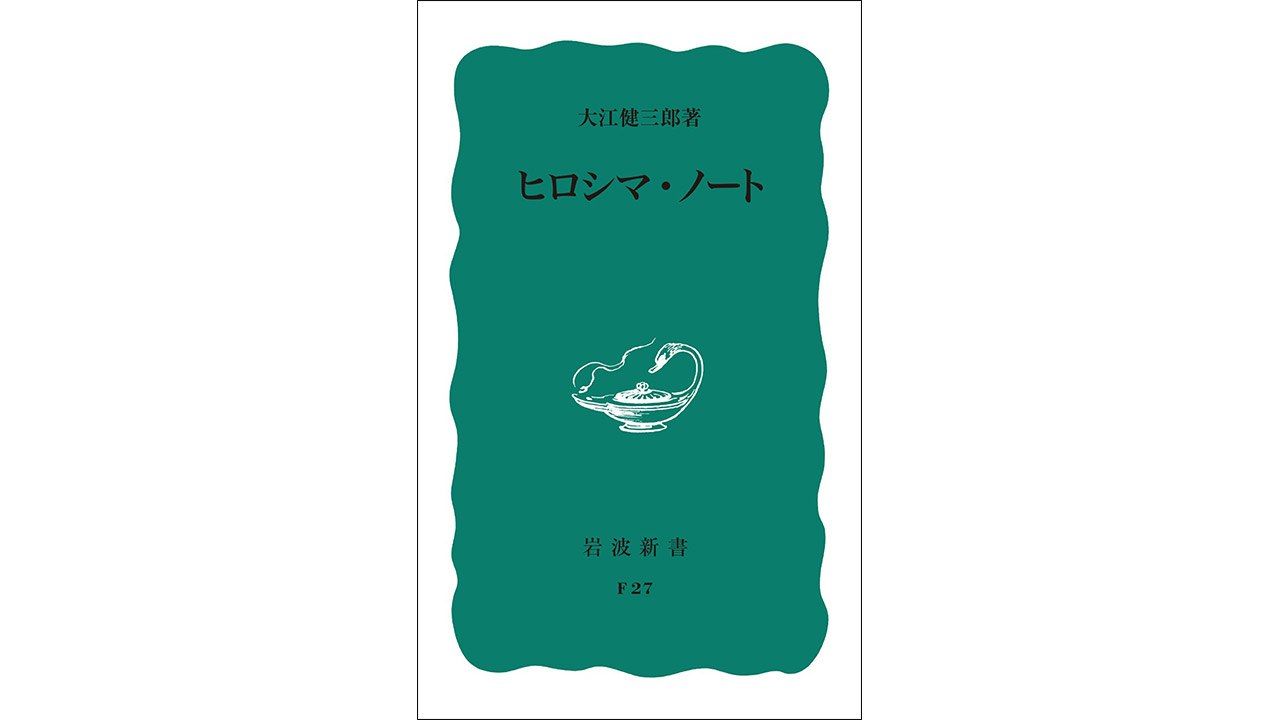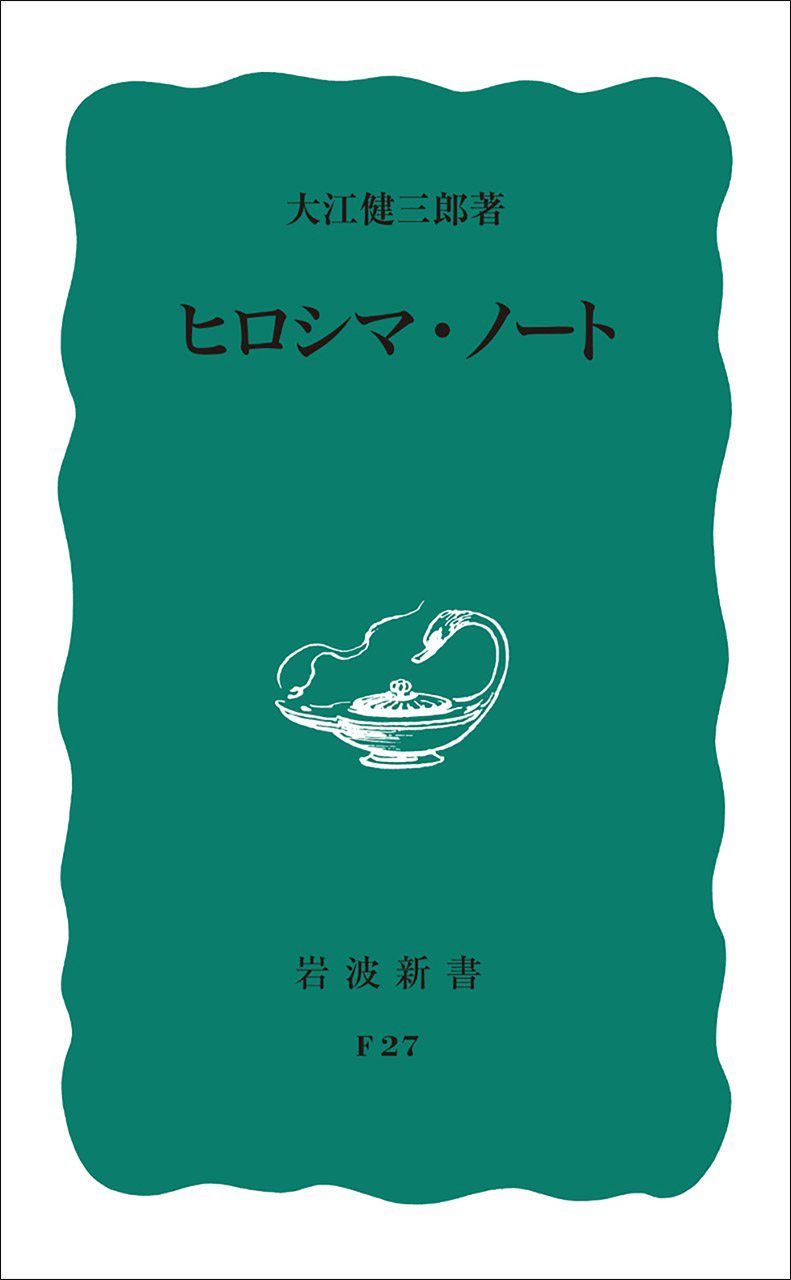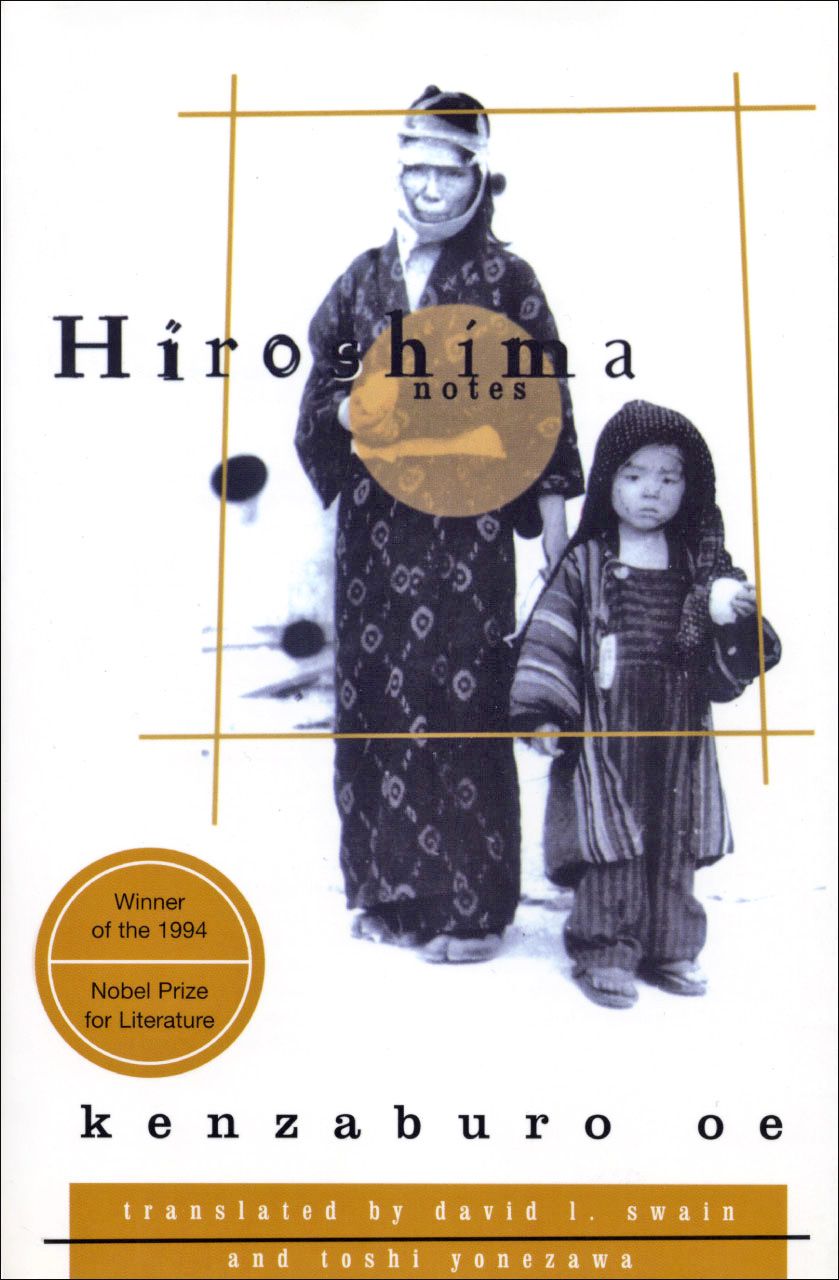
The Nuclear Age is Not Over: Ōe Kenzaburō's “Hiroshima Notes”
Books Politics Society Health- English
- 日本語
- 简体字
- 繁體字
- Français
- Español
- العربية
- Русский
It was 1963 when Ōe Kenzaburō first went to Hiroshima on research. Of course, the social situation and international environment around Hiroshima have changed in the last 60 years. First and foremost, the standing of the hibakusha, those who survived the atomic bombing, has changed. According to the Ministry of Health, Labor, and Welfare, there are now about 110,000 surviving hibakusha as of the end of March 2023. Their average age is over 85.
Ōe describes the city in his book Hiroshima nōto (trans. by David L. Swain and Toshi Yonezawa as Hiroshima Notes) as a place where every day, the lives of young people who should have been healthy were cut brutally short by the “A-bomb disease,” even nearly 20 years after the bombing. He wrote of it, “Hiroshima is like a nakedly exposed wound inflicted on all mankind.” Now, though, we could say that the wounds on Hiroshima have “scabbed over.” Which is, in all, a good thing.
Has the threat of nuclear weapons vanished since then? The answer is clearly, no. It is fortunate that nuclear weapons have not been used since the bombings of Hiroshima and Nagasaki, but the risk of that happening again is gravely real. Russia, which has continued its illegal invasion of Ukraine since the spring of 2022, has repeatedly threatened its willingness to use nuclear weapons, driving home the reality of the danger. In this book, Ōe criticizes those who, like the Tokyo bureau chief of a US news agency who argued with hibakusha in favor of using nuclear weapons again during the Korean War, embody dull-wittedness or moral decay, as well as the persisting ideology among major powers of the logic of nuclear deterrence.
The nuclear age is not over. Indeed, as the sharpness of that tragedy fades from view, the warning and hopes that Ōe put into his book could well fade into oblivion too, if we remain idle.
The Sanctity of Life in the Nuclear Age
Ōe did not only fill this book with pictures of a “nuclear hell.” The first death of a named person in the book comes in the prologue, “Toward Hiroshima.” It is that of Haraguchi Kikuya, a Nagasaki hibakusha and poet who took his own life. Ōe includes a letter from a Hiroshima doctor that asks, “Must all surviving A-bomb victims eventually meet a tragic death caused by radiation after-effects?” Ōe includes the letter and a subsequent article the doctor wrote, because it is a critical response to his own writing. The doctor explains, “He wanted his life to end as one, like others, who had nothing to do with the atomic bomb. He sought, that is, to avoid being counted among the A-bomb victims who are grouped together impersonally and inhumanly.”
Oe described several other people’s suicide, and he never condemned the act. He depicted it as a way for individuals to maintain or regain their dignity.
He sets in counterpoint one death, which takes place in the middle of Chapter 1, “My First Trip to Hiroshima.” He talks of the death of a girl at an Atom Bomb Hospital in Hiroshima on an August morning. Ōe watched as her body was transported to the US government’s Atomic Bomb Casualty Commission building in Hijiyama, a district of Hiroshima, where it was disposed of as data in an inhuman, brightly lit research facility.
This is the inhumanity of nuclear weapons, which deprive people of the right to die with dignity as named individuals. That this was going on even nearly 20 years later is clear from this contrast.
A Classic and a Warning
There is a stunning gap between the inhumanity of atomic and nuclear weapons and the intolerable idleness of politicians. It is in that gap, where the morality and humanity that means there are still people who do not kill themselves, or in the attempt to create a reliable vision of human aspiration in the nuclear age through witnessing the extremes of human misery that Ōe finds hope. This stance seems to share something with contemporary civil society’s approach as it seeks to strengthen the international community’s recognition of the inhumanity of nuclear weapons and position them as weapons that must not be used. It also works to promote the adoption of the Treaty on the Prohibition of Nuclear Weapons.
Some sections of the book feel dated, such as extensive talk of political rifts in the ban-the-bomb movement and the focus on China’s nuclear testing. Ōe’s writing, though, consistently touches on the true, enduring essence of nuclear weapons and the A-bomb.
It is the will of those who joined the peace movement after experiencing the bombings themselves, namely that “We must not allow others to go through the suffering we are going through.”
This book ends with Ōe offering a statement of solidarity with the “true” people of Hiroshima. Now, the author himself has passed away, and those true people of Hiroshima are subjects of history. But the ideals of this book are not things of the past. It is a question for those of us living in the nuclear age, of whether we have the imagination to go back 60 or even almost 80 years into the past and feel that solidarity. In that sense this book continues to be a warning for today, even as a classic of its time.
Hiroshima nōto
By Ōe Kenzaburō
Published by Iwanami Shoten
ISBN: 978-4-00-415027-5
Hiroshima Notes
Translated by David L. Swain and Yonezawa Toshi
Published by Grove Press in 1996
ISBN: 978-0-8021-3464-6
(Originally published in Japanese.)
Hiroshima book review nuclear weapons books Ōe Kenzaburō hibakusha

